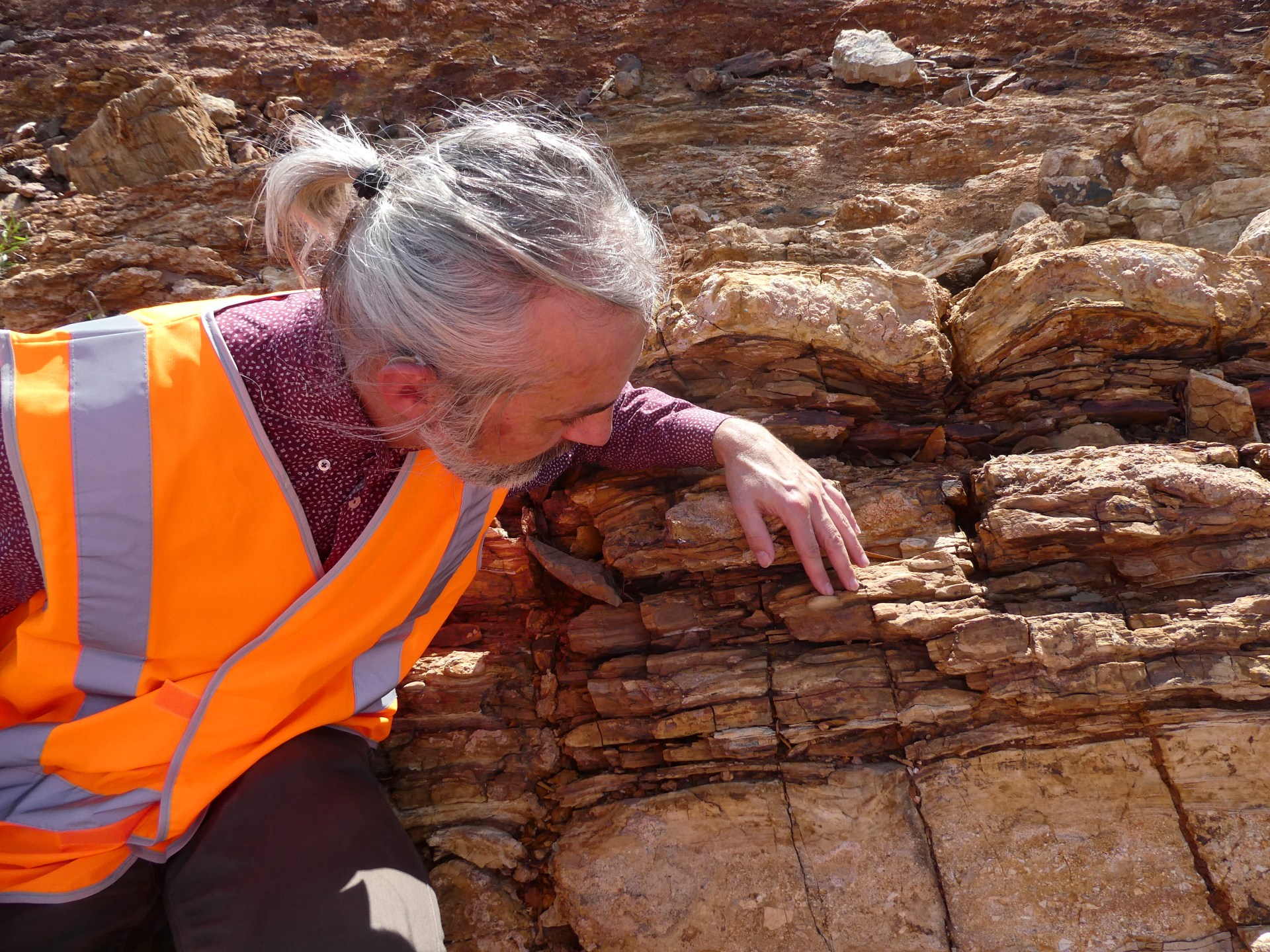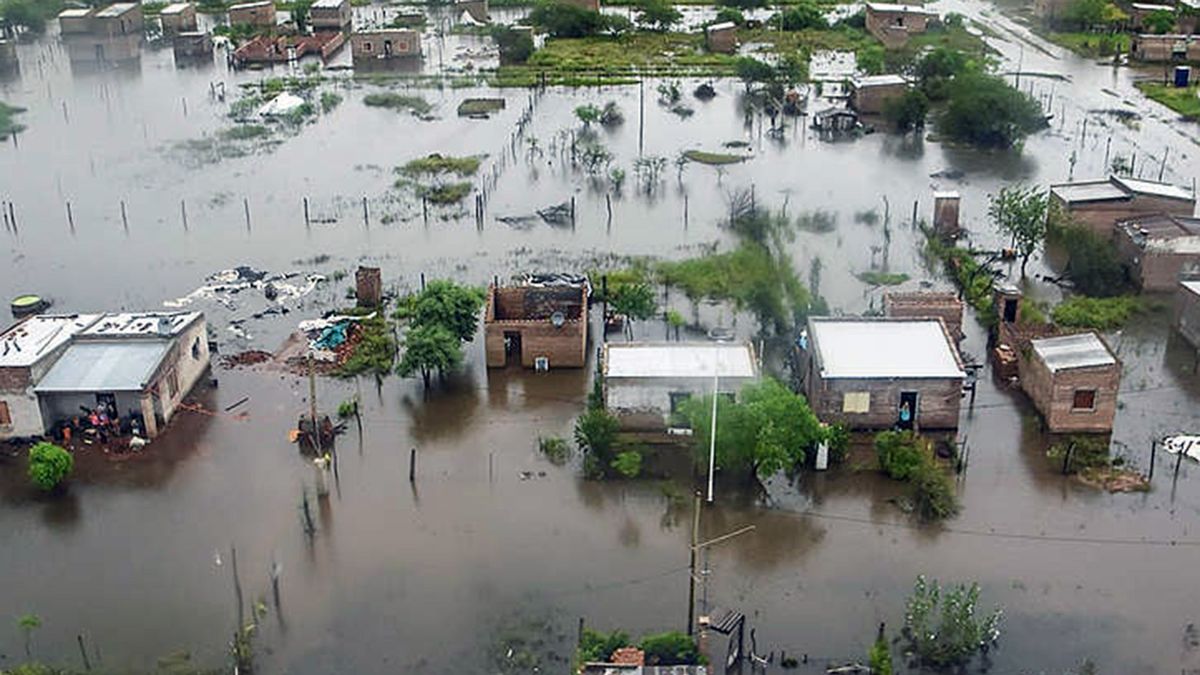
The study says the discovery of the microscopic creatures could be the “oldest remains” of a human race.
Scientists have discovered a ‘lost world’ of ancient organisms in billion-year-old rocks from northern Australia and say it could change the world’s understanding of early human ancestors.
The microscopic organisms, known as Protosterol Biota, are part of a family of organisms called eukaryotes and lived in Earth’s waterways about 1.6 billion years ago, according to the researchers.
Eukaryotes have a complex cellular architecture that includes the mitochondria, the “power center” of the cell, and the nucleus, the “control and information center”.
Modern forms of eukaryotes include fungi, plants, animals, and single-celled organisms such as amoebas.
Humans and all other creatures can trace their lineage back to the last eukaryotic common ancestor (LECA), which lived more than 1.2 billion years ago.
Benjamin Nettersheim, who completed his PhD at the Australian National University (ANU) and is now based at the University of Bremen in Germany, said the new finds “appear to be the oldest remnants of our lineage – they lived even before LECA.”
“These ancient creatures were abundant in marine ecosystems around the world and may have shaped ecosystems for most of Earth’s history.”
The Protosterol Biota discovery is the result of 10 years of work by ANU researchers and was published in Nature on Thursday.
Jochen Brocks of ANU, who made the discovery with Nettersheim, said the Protosterol Biota were more complex than bacteria and presumably larger, though it’s not known what they looked like.
“We believe they may have been the first predators on Earth to hunt and devour bacteria,” the professor said in a statement.
The researchers, from Australia, France, Germany and the United States, investigated fossil fat particles found inside a rock that formed on the ocean floor near Australia’s Northern Territory for the study.
Northern Australia is known for having some of the best preserved sedimentary rocks dating from the Earth’s Middle Ages (the mid-Proterozoic period), including the oldest biomarker-bearing rocks on Earth.
“The molecular fossils ensnared in these ancient sediments allow unique insights into early life and the environment,” said Nettersheim.
The researchers found that the molecules had a primitive chemical structure that hinted at the presence of early complex organisms that evolved before LECA and have since become extinct.
“Without these molecules, we would never have known Protosterol Biota existed. It appears that the early oceans were largely a bacterial world, but our new discovery shows that this may not have been the case,” Nettersheim said.
Brooks said the creatures likely thrived from about 1.6 billion years ago to 800 million years ago.
The end of this period in Earth’s evolutionary timeline is known as the Tonian Transformation, when more advanced organisms, such as fungi and algae, began to flourish. But exactly when Protosterol Biota became extinct is not known.
“The Tonian Transformation is one of the most profound environmental tipping points in the history of our planet,” Brooks said.
“Just as dinosaurs had to become extinct in order for our mammalian ancestors to become large and plentiful, Protosterol Biota probably had to disappear a billion years ago to make room for modern eukaryotes.”

“Web maven. Infuriatingly humble beer geek. Bacon fanatic. Typical creator. Music expert.”


/cdn.vox-cdn.com/uploads/chorus_asset/file/21869417/akrales_200904_4160_0216.0.jpg)


More Stories
Comet Pons-Brooks: How and when to see it
A massive black hole has been spotted less than 2,000 light-years from Earth
An enormous ancient marine reptile has been identified through an amateur fossil discovery